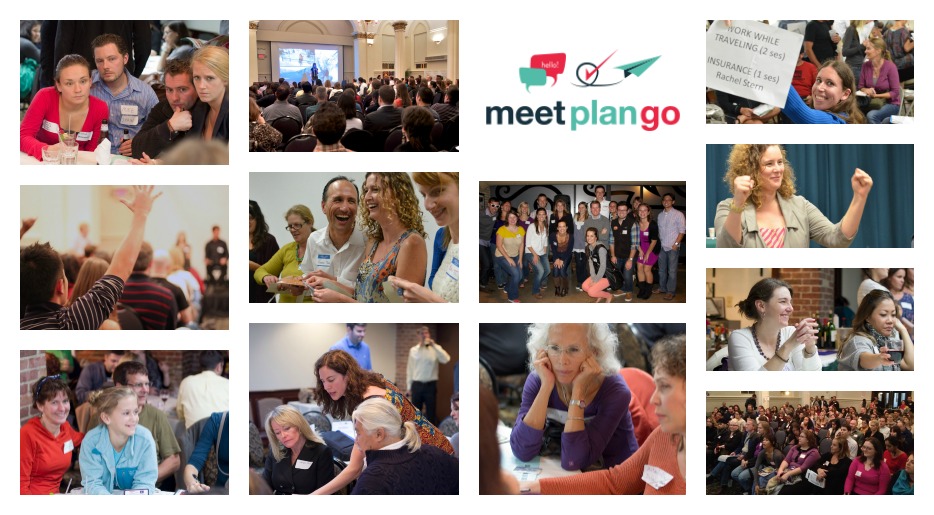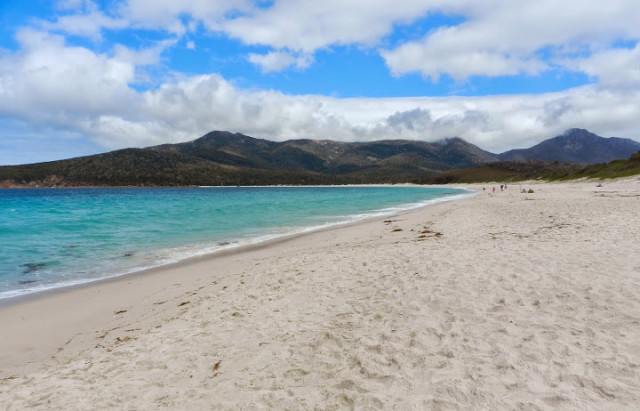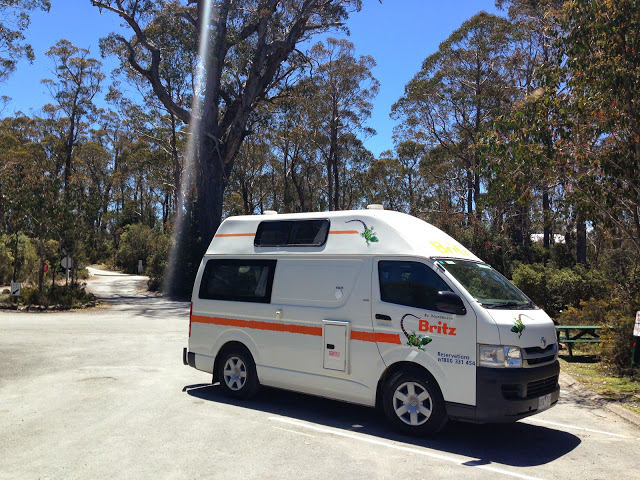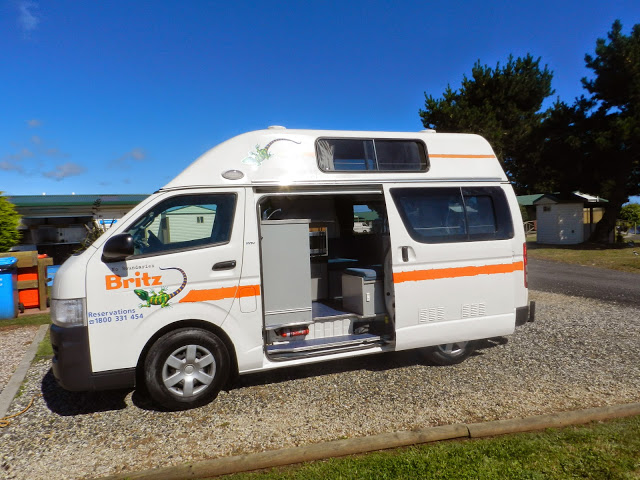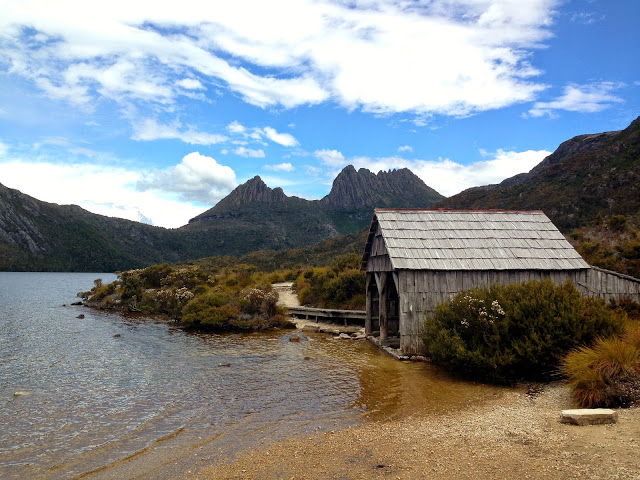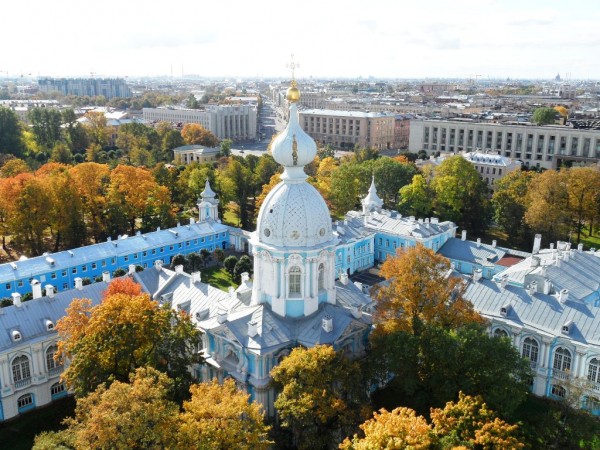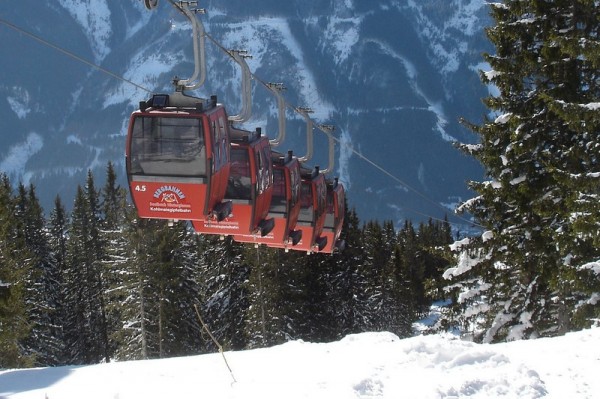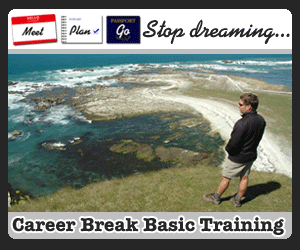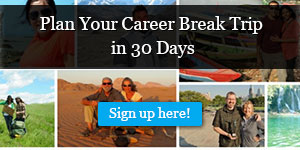You’ve saved up some money, bought the guidebooks, tweeted out to friends and family for off-the-beaten-track restaurant recommendations. Your flight across the world leaves tomorrow, and you have felt nothing but pure elation upon leaving the office for the last time today.
The only problem is you don’t speak the country’s language.
And no amount of Rosetta Stone can get you fluent overnight.
But before you cancel your plans and regift your airline miles to someone who may know Mandarin or Tagalog, I’d suggest you reconsider the whole issue.
Language shouldn’t deter you from travel.

It isn’t a barrier.
Language is a distinct vantage point from which to view your new surroundings.
It may sound crazy, and I’ll admit, it’s taken me a while to believe my own words. But hear me out.
Language is a snapshot into a culture, offering unique insight that you don’t get by visiting museums or touring old churches. You travel with your five senses, and language provides the auditory experience. What pierogies or fresh pasta is for your tongue, Polish or Italian is for your ears. And much like photographs or food, the language of a country can enrich your travels and help you remember them long after you’re gone.
When I look back on my trip to Italy, I remember the espresso—who doesn’t—but also the elaborate hand dance Italians do to get their point across. I’m not sure which moves more in Italian, the lips or the palms, but the gestures instill an image of Italy that’s sharper than an Instagram.
When I think about my year spent studying in southern Spain, it’s not the Flamenco or the white-washed houses I recall: It’s the strong Andalucian accent, nearly unintelligible to fledgling speakers, but ultimately a beautifully rhythmic marker of the region and its colorful people.
More than anything else about my time in Spain, hearing Andaluz transports me back to my year abroad.
I remember the signs and graffiti in Arabic as its own art form throughout Marrakech and the Moroccan desert towns. I had no idea what any words meant, but the scripts represent the country for me, as they were the backdrops of my adventure. The beauty of Morocco is not only found in the shimmering Saharan dunes, but in the writing on the walls. Language isn’t just auditory—it’s art.
That being said, I’m not immune to the difficulties language presents in world travel. Its rewards don’t come without a bit of a struggle.
While you cannot become fluent in Japanese or Hindi overnight, here are five tips to assuage potential language issues:
1. Study up before you go

At the very least, learn the basics of the language. I wouldn’t invest much time learning complex sentences like “How long has this street food been sitting out?” because chances are, you won’t understand the answer (and won’t want to, either). But learn the basics: Hello, Goodbye, Thank you, How Much, and especially important, Do you speak English?
A bare minimum in the target language shows respect for the people and their culture and also might work wonders to ensure that you don’t get immediately ripped off as a tourist.
2. Part of language is unspoken
Do a bit of research about gestures—some countries have very inventive ways to flip people off. The thumbs up sign in Greece and the Middle East is offensive, equivalent to giving the middle finger in the States. Pointing with the index finger is a huge no-no in many countries. Even in English, there can be issues cross-culturally: Ex-president George W. Bush once waved a peace sign at an event in Australia, but with his palm facing inwards it meant that the crowd should go screw themselves.
3. Approach the younger generation
I have absolutely no background in Slavic languages, and in Poland I couldn’t even make an educated guess as to what those 20-consonant-long words meant. At the beginning of my stay, I would approach anyone who walked by to ask for help. Once I was almost driven to tears when I asked an elderly woman for help finding a hostel. She gave me a brisk shake of the head, a harsh “no!” and stormed off. Not the warmest reception.
Then I realized I was searching for silver in a copper mine. English hasn’t been taught internationally since the beginning of time—it’s the younger generation who has grown up learning it in schools, and it’s the younger generation you should approach for directions or advice on the street.
4. Write down the most essential terms for your travel in the target language
Think: the street name of your hotel, a food allergy, or “public toilet.” This is especially pertinent if you’re traveling to a country that uses characters, like South Korea, or script, like Egypt. By copying the words down, you can easily point to them. Even if you attempt to spell out a word using English phonics, like “may yaw-mow Jenny” [Spanish: me llamo Jenny], a local may not necessarily understand you, given prominent pronunciation differences.
Take my word for it—it’s easier to point to a notebook than develop the tongue muscles required to correctly pronounce most sounds of the world’s languages.
5. Change your outlook
View languages as an opportunity to broaden your horizons. Going to restaurants where they don’t have an English menu most likely means you’re getting a more authentic experience, better prices, and local specialties. This could be a perfect opportunity to blindly guess and maybe end up with a new favorite food (or a great story to tell). You didn’t go all the way to Istanbul to try a hamburger. Branch out—that’s what travel is for, and foreign language, while scary at times, is a cleverly disguised tool to help you do so.
When you plan a trip to a country with malaria, you’d pick up the necessary pills. When you travel to a more conservative place, you’d pack long pants and a shawl.
Languages are like any other component of travel—they should be planned for, but not feared. And the payoff is well worth it: World languages are the most present form of culture that you can find. The songs, signs, calls and cries of a country is a culture alive.
Bio: Jenny Marshall is a language and culture fanatic. She’s based in Spain, where she teaches English to rowdy middle-schoolers and attempts that sexy Spanish lisp. She can’t decide which is more fun, travel or grammar, so she frequently jaunts around Europe and picks up cool new words from each destination. Read and participate in a life translated by travel at her blog, A Thing For Wor(l)ds, To miss none of the fun, follow her on Twitter @AThingForWords, and like her Facebook page.
Photo credits: The LEAF Project, all other photos courtesy of the author and may not be used without permission.

